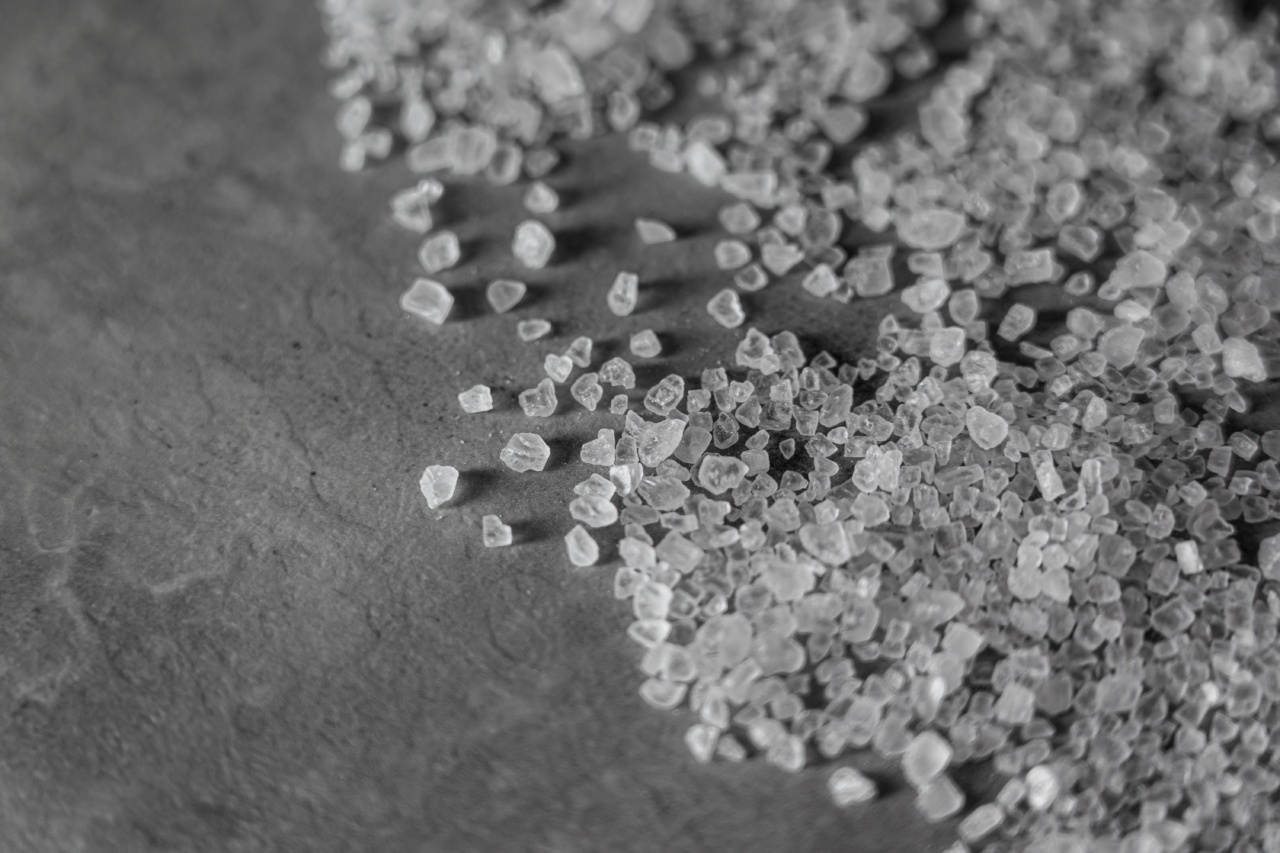Salt, while an important seasoning, is unfortunately considered one of the leading contributors to high blood pressure. Even eating a diet slightly higher in salt can increase your blood pressure and put a strain on your heart.
However, cutting down on salt doesn’t mean you have to sacrifice flavor. Here are ten easy steps to lower your salt intake while still enjoying delicious meals.
Step 1: Use Herbs and Spices to Flavor Your Food
One of the easiest ways to reduce your reliance on salt is to use more herbs and spices. Experiment with different herbs and spices to find combinations that you enjoy. For example, try adding some fresh basil, parsley or oregano to your pasta sauces.
Or add some turmeric and cumin to your vegetable dishes.
Step 2: Make Your Own Sauces and Dressings
Many pre-packaged sauces and dressings often contain high amounts of salt. Making your own allows you to control the amount of salt that goes into your food. You can use low-sodium soy sauce or substitute it with vinegar, lemon juice, or lime juice.
For a salad dressing, use olive oil, lemon juice, and some honey instead of salt and vinegar.
Step 3: Reduce Your Meat Consumption
Meat is a source of high sodium content. Reducing your meat intake or switching to leaner meats can help to reduce your salt intake. If you can’t give up meat, consider soaking it in water overnight before cooking.
This can reduce the sodium levels by 30 percent or more.
Step 4: Be Mindful of Processed Foods
Processed and packaged foods often contain high levels of salt. When buying food, check the nutrition label to identify the amount of sodium in the product. Choosing fresh foods over packaged foods can significantly reduce your salt intake.
Step 5: Avoid Canned Vegetables and Soups
Canning vegetables and soups often require the addition of salt. Avoiding canned vegetables and soups can help you cut down on your salt intake. If you must use canned vegetables or soups, rinse the contents of the can thoroughly before cooking.
Step 6: Use Salt-Free Broth
Broth is often used as a seasoning for soups and sauces. Unfortunately, it can be high in sodium. Look for broth that is labeled “salt-free” or make your own.
You can easily make salt-free broth by simmering low-sodium vegetables and herbs in water.
Step 7: Experiment with Different Vinegars
Vinegar is an excellent seasoning that can be used as a substitute for salt. Experiment with different types of vinegar including apple cider vinegar, balsamic vinegar, and red wine vinegar.
Mixing olive oil, different vinegars, and some fresh herbs in a salad can create a delicious, low-salt dressing.
Step 8: Use Citrus to Flavor Your Food
Citrus fruits like lemons, oranges, and limes are an excellent source of flavor and can add a tang to your meals. Use citrus juices in dressings and marinades, and add slices of citrus fruits to your water or iced tea for a refreshing taste.
Step 9: Opt for Fresh or Frozen Vegetables
Fresh or frozen vegetables are a healthier option than canned vegetables. They contain lower levels of sodium and more vitamins and nutrients. Fresh vegetables can be used in a variety of dishes, whether as a side or a main ingredient.
Frozen vegetables are also easy to prepare and add to a dish.
Step 10: Be Creative with Your Cooking
Finally, be creative with your cooking. Try new recipes and experiment with different ingredients.
Salty foods are often used to mask the taste of other ingredients, but by using a variety of seasonings, you can create meals that are full of flavor without relying on salt.
Reducing salt intake can be a gradual process, but it’s important for your health. By using these straightforward steps, you can still enjoy delicious meals while cutting down on salt.































